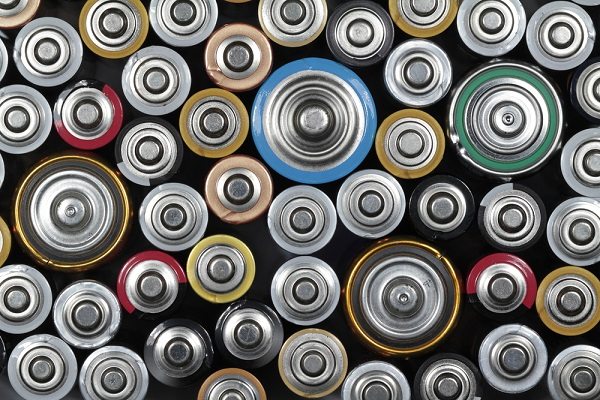Many consumers may not spend a lot of time thinking about batteries, but distributors of these devices are well aware that the energy storage landscape is rapidly evolving. Manufacturers consistently develop new technologies, and these products slowly make their way into the marketplace. Staying abreast of these changes is the only way for distributors to stay on top of sales.
Duracell’s 2015 Market Insights Report
Based on a survey performed by Kline and Company, Duracell reported the away-from-home battery market was worth approximately $256 million in 2014, reflecting 2 percent growth since 2012. Between 2013 and 2014, battery usage increased about 22 percent. The respondents stated this was mostly because of using equipment that needed batteries.
The equipment requiring batteries is changing as well. Flashlights previously ranked as the top battery-powered device and now are No. 5 and No. 7 on the list, divided by LED versus traditional, respectively. The top four devices of 2014 prior to LED flashlights are wireless mice, clocks, remote controls and wireless keyboards. The rest in declining order are calculators, smoke alarms, power tools and two-way radios.
There’s clearly a focus on wireless technology — information that distributors can use to potentially increase sales. The number of devices with LEDs are also on the rise, which offers sales representatives another avenue to boost revenue.
Solid-State Batteries Are Almost Here
Alkaline batteries are the top product for the away-from-home market, according to Duracell. But, solid-state batteries are clearly on their way and have the potential to hold twice as much energy as conventional products. Researchers look to them to improve wearable devices, mobile phones and even electric cars.
The current issue holding solid-state batteries back from businesses and consumers is the cost of manufacturing. Right now, more complex equipment and processes are needed for efficient manufacturing, but distributors must keep a close eye on manufacturers scaling up their solid-state production and be ready to sell these products when they become available.
Growth of Internet Sales
The days of ordering batteries over the phone or through a catalog aren’t gone, but they’re fading away. For many industries, including education, health care and manufacturing, online distributors are gaining popularity. For all market segments, 40 percent of all batteries were bought online in 2014.
While a focus on Internet sales is appropriate, the report cautioned distributors to keep a close eye on communication with customers. No matter the industry, purchasers need information on specific products and changes in the market, and the best place for them to get this information is through their distributors. In fact, distributor catalogs and websites were sources for battery selection 19 percent and 17 percent of the time, respectively.
Whether it’s online-based information and customer service or more traditional phone communications, distributors need to be ready to answer questions. Without distributors acting as educators for clients, it won’t matter how easy it is to purchase batteries – consumers will go elsewhere for the information they need.
